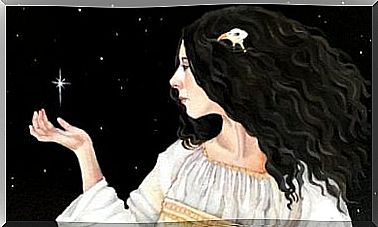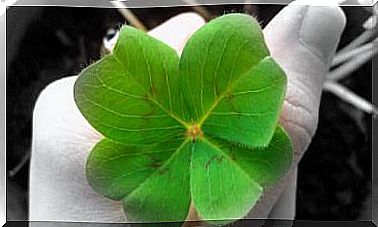Titian: Biography Of The Great Venetian Painter
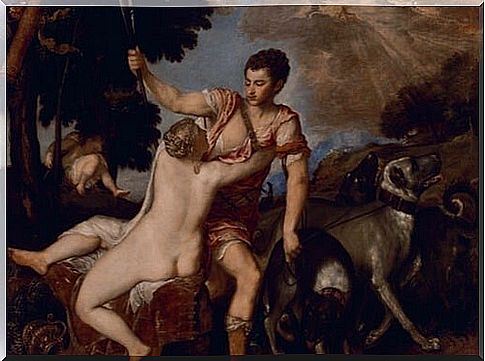
According to art critics, such as Arnold Hauser and Ernst Gombrich, Titian had a hugely important influence on the art world. In fact, he was recognized as a great painter at a very young age. We take a closer look at Titian in this article.
In his portraits, Titian was able to capture the depths of the human spirit. His religious paintings cover the breadth of human emotions, ranging from the charm of young Madonnas to the deep tragedy of crucifixion and burial.
In his mythological paintings, he captured the joy and left the pagan world. Titian’s nude paintings, Venus and Danae, set the standard for physical beauty and eroticism that has never been surpassed.
Art critics applaud his ability with colors, and his creative work had a profound impact on countless generations of artists. The work of great masters such as Rubens and Nicolas Poussin is proof of the old saying: “Imitation is the sincere form of flattery.”
Titian and his childhood
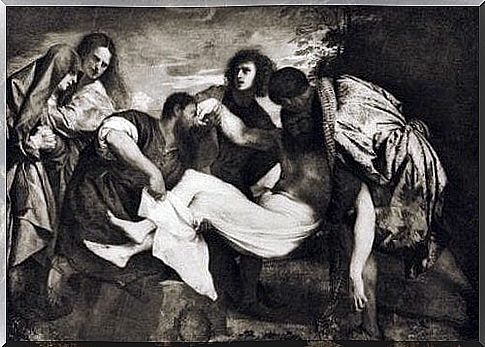
Tiziano Vecellio, known as Titian in English, was probably born between 1488 and 1490 in Pieve di Cadore, a village near Belluno, Italy. No one knows his exact date of birth.
He spent the first few years of his life at his birthplace. His parents were Gregorio and Lucia Vecellio. Titian was the eldest of five children.
His father was a prominent city councilor and soldier. He worked as a superintendent at the Pieve di Cadore castle and also managed local mines.
Many of Titian’s family members were notaries, including his grandfather. Thus, it is no surprise that the painter’s family was well established in the region.
At the age of 10, Titian’s parents sent him and his brother, Francesco, to Venice to live with their uncle. There he discovered his artistic talent. From the moment they arrived, both brothers started as apprentices in the studio of a famous mosaicist named Sebastiano Zuccato.
A few years later, Titian became part of Giovanni Bellini’s studio. Bellini was a respected Venetian painter, and his studio was the birthplace of the first generation of Venetian painters: Giovanni Palma di Serinalta, Lorenzo Lotto, Sebastiano Luciani and Giorgio da Castelfranco.
His first masterpieces
People said that the Hercules fresco at Morosini Palace was one of Titian’s first paintings. Others include The Virgin and Child , In Vienna and the Visitation of Mary and Elizabeth , which can now be found in the Academy Galleries of Venice.
In 1508, the frescoes of the Fondaco dei Tedeschi, painted in collaboration with Giorgione di Castelfranco (another of Bellini’s disciples), set in motion their careers.
Their close collaboration explains why it is so difficult to see a difference in their work from the beginning of the 16th century. Of these frescoes, only the ruined contours survived.
The two young artists were also recognized as leaders of “modern art”. This type of art was associated with a more flexible painting style. In other words, it was a style in which there were no rules about symmetry and other formal factors that Bellini still followed.
After Giorgione’s untimely death in 1510, Titian continued to paint in a traditional style for a time. But he soon developed his own style with bold and expressive brushstrokes.
Titian’s first solo assignment was to paint frescoes of the three miracles of Saint Anthony of Padua in 1511. According to many art critics, the best is The Miracle of the Speaking Babe.
Titian and his amazing career
Giovanni Belline died in 1516, leaving Titian without a rival. For 60 years Titian was the undisputed master of Venetian paintings. When Titian succeeded Belline, he began receiving a pension from the Senate.
During this period, 1516-1530, Titian changed his style and made it more perfectionist. He abandoned his early “Giorgionesque” style and began on broader and more complicated themes. It was during these years that he experimented with a monumental style for the first time.
In 1518 he painted his masterpiece, Assumption of the Virgin , for the main altar of the Frari Church. This extraordinary work was to the great delight of all.
Titian became quite famous. By 1521, Titian had reached the height of his popularity. Although he had already been a well-known artist for a while, it was around this time that buyers screamed for his works.
The Death of Saint Peter Martyr
In 1530 he painted one of his most extraordinary works, The Death of Saint Peter Martyr . Unfortunately, this work was destroyed in 1867. All that is left are copies of the original. The work combined extreme violence and a landscape consisting of a large tree that permeates the stage and seems to highlight the drama in a baroque style.
The artist simultaneously worked on a series of small Madonnas in beautiful, idyllic landscapes. Titian also painted mythological scenes during this time in his career.
One of his most famous mythological works, The Bacchanal of the Adrians , hangs in the Museo del Prado. These are possibly some of the most incredible productions of pagan culture in the Renaissance.
Titian’s extraordinary wealth
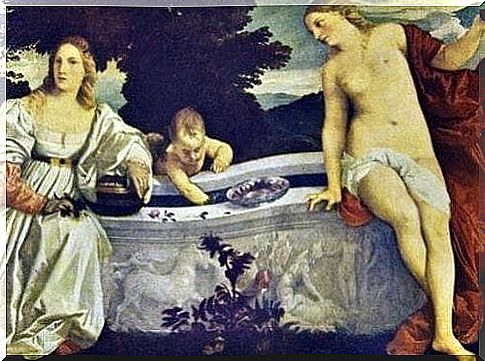
Titian’s encounter with the Holy Roman Emperor, Charles V, in Bologna in 1530 was an important moment in his life. He painted a large portrait of the emperor in a style that was extremely innovative at the time.
Titian quickly became the primary painter of the imperial court. It gave him incredible privileges, honors and titles. From that moment on, he was the most popular court painter in all of Europe.
Titian knew how to gain the admiration and respect of the rich and powerful. He was extremely talented and his paintings had a conceptual subtlety and beauty that was unsurpassed. He was also popular because he was charming.
Portraits of the rich and famous
The large number of Titian portraits that the powerful had in their collections was a testament to his fame. There was no one else who painted as many portraits as Titian, though there are some who believe that it was his students who actually painted these portraits.
D’Avalos, Marquis of Vasto, paid Titian a generous pension. Charles V also paid him a large annual sum. Another income was a contract in 1542, where he was to supply grain to Cadore, his birthplace. He visited the place almost every year, and the residents there regarded him as generous and influential.
Titian had a favorite villa in Manza. There he observed the shape and effect of the landscape on his paintings. Titian’s mill, as you can see in many of his paintings, was located in Collontola, close to Belluno.
Titian and his personal life
In 1525, Titian married a woman named Cecilia, daughter of a barber. This gave him his first son, Pomponio, and the two who came afterwards. Titian’s son, Orazio, was his favorite, and he later became Titian’s assistant.
In about 1526, Titian met and formed an intimate friendship with Pietro Aretino. Pietro was an influential and extravagant character who played an interesting role in the culture and politics of the time. Titian painted his portrait on at least three occasions and sent one to Gonzaga, the Duke of Mantua.
After Cecilia’s death in 1530, Titian remarried and had a daughter named Lavinia. Unfortunately, his second wife also died. His sister, Orsa, moved from Cadore to help him at home and take care of his children.
Titian’s death
Titian was about 90 years old when the plague reached Venice. Titian died of the plague on August 27, 1576. He lived an incredibly long life and was the only victim of the plague in Venice to receive a church funeral.
His tomb was close to his famous painting, the Pesaro Madonna. There was nothing that marked his grave until much later, when the Austrian leaders in Venice asked Canova to build the great monument that still exists today.
Titian’s religious paintings were genuine paradigms of devotion. They had the ability to move the hearts of believers like few other paintings ever could. At the same time, his mythological subjects made him one of the best erotic painters. These paintings moved people in a very different way than his religious paintings.

